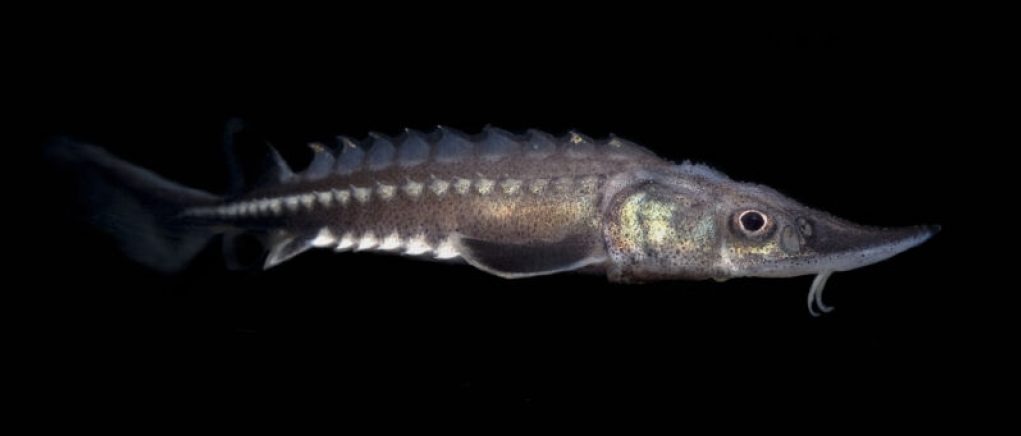Our skeleton is truly fascinating. While most of it is formed from the same tissue that creates our muscles and connective tissue, there is a unique exception. The jaws and nasal passages, a significant part of our face, actually come from a tissue that migrates out of the developing nervous system.
This dual source of the same tissue is quite rare, and I can’t think of another example in vertebrates. It raises intriguing questions about the evolution of our skeletal system. Fortunately, researchers have recently provided a clue that sheds light on this mystery. It turns out that in early branches of the fish family tree, such as the sturgeon, the bony armor that covers them is formed by the neural crest. This suggests that bone formation has an ancient role that dates back to the armored fish of the Devonian period.
Doing it all
The focus of this new research is a tissue called the neural crest. As the name suggests, it originates at the top of the developing spinal cord and hindbrain. After the nervous system closes off into a tube, the neural crest cells separate from it. Some retain their neural identity and go on to form the body’s sensory nerves and the nerves responsible for managing the digestive system.
Advertisement
However, other neural crest cells undergo a remarkable transformation and contribute to various functions. They play a role in everything from the pigment in our skin and hair to the valves in our heart. And, as mentioned earlier, they also contribute to the formation of the facial skeleton.
The question that drove this new research was why bone formation seems to be limited to one end of the spinal cord. None of the neural crest cells throughout the body of mammals go on to form bone.
This could mean that bone formation is a specialization of a small population of neural crest cells. Alternatively, it could mean that the entire neural crest population has the potential to create bone, but this ability is only activated in a small subset of modern vertebrate lineages. Determining which of these possibilities is true can provide valuable insights into the origin of bone formation, which is challenging to infer from the fossil record.
To answer this question, the researchers studied lineages that branched off from fish early in their history, such as the gar and the sturgeon. The gar has heavily armored scales, while the sturgeon lacks scales but has a body covered in bony plates. The researchers aimed to investigate whether the neural crest contributed to the formation of armor in these tissues.
For hundreds of millions of years, the evolution of many species has relied on natural selection to create more advanced and adaptable organisms that can outwit and survive predators or environmental changes. Some species have developed armor or external exoskeletal structures that give them additional protection against predators. Now, new research has shown that one common type of armoring, found in armored fish, has evolved from components of the species’ nervous system.
The research, conducted by researchers at the University of Lübeck in Germany and the Scripps Research Institute in California, looked at the differing armor structures found in various armored fish. They discovered that a unique polysaccharide molecule found in the armor of many fish was also found in components of the fish’s nervous system. This discovery shows that the armor evolved from the fish’s nervous system components, possibly being adapted and used for protective purposes instead.
The researchers used the gene editing tool CRISPR to modify the gene sequence of the armored fish, allowing them to determine the sequence of the polysaccharide molecule and trace its evolution. The new gene-editing method allowed the researchers to target the proteins that cause the production of the molecule, and to identify the gene responsible for its development.
The most common form of armoring for armored fish is an exoskeleton-like structure that provides protection to the organism. This armor is composed of a polysaccharide-based material, which is a type of sugar molecule. The research proves that this type of armoring was not formed externally, but evolved from components of the species’ nervous system.
The findings of this study provides a valuable insight into how armor has evolved in many species. The armor has likely been used as a protective adaptation against predators and environmental factors since the armor is derived from the nervous system. It could also help explain the strategies used by various species to survive in different environments.
Overall, the research conducted by the University of Lübeck and the Scripps Research Institute successfully demonstrated the evolutionary origin of armoring in armored fish. The proof of its origin has important implications for understanding the ability of various organisms to adapt and survive in various environments.




















